
cd_nom
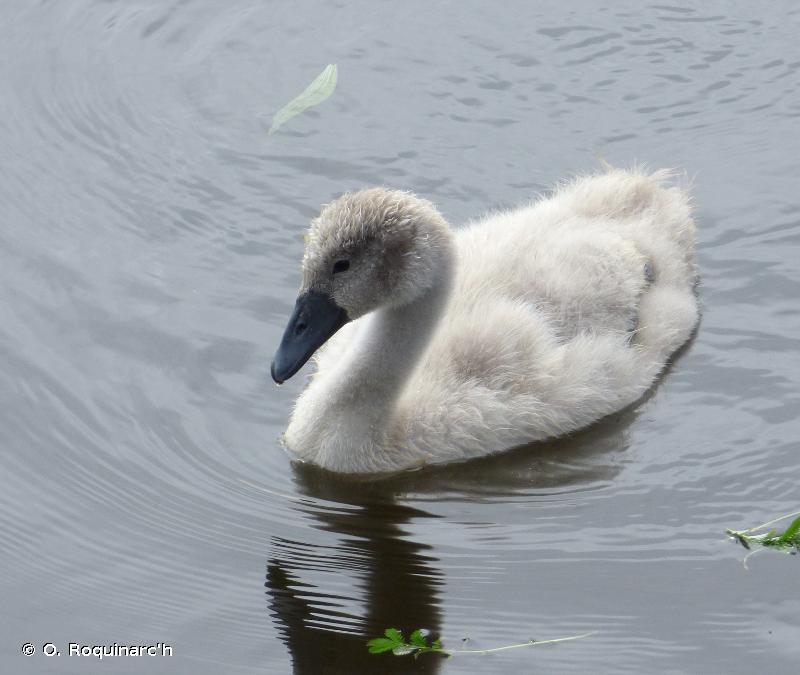
| Author : O. Roquinarc'h |
 |
To get the picture, please visit:
Océane ROQUINARC'H,
Muséum national d'Histoire naturelle,
Service du Patrimoine Naturel,
4 Avenue du Petit Château,
91800 BRUNOY
mail : oroquinarch@mnhn.fr
Legend: Cygnus olor. Juvénile.
Despite the Creative Commons license, please inform the author of the use which will be made of his photo
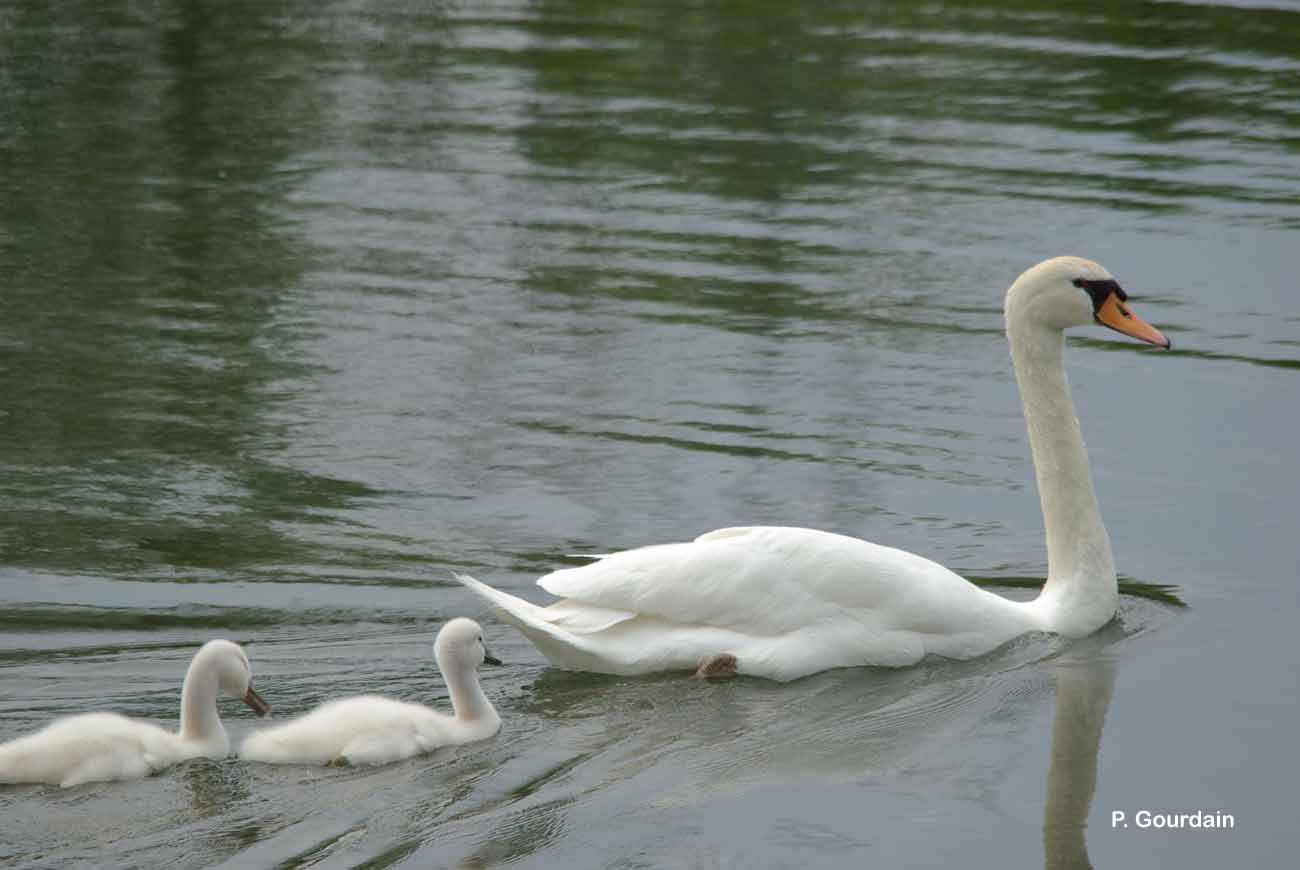
| Author : P. Gourdain |
 |
To get the picture, please visit:
Philippe GOURDAIN
Muséum national d'Histoire naturelle - Service du Patrimoine Naturel
36 rue Geoffroy Saint-Hilaire
CP 41
75 231 PARIS CEDEX 05
e-mail : inpn@mnhn.fr
Legend: Barbey
Despite the Creative Commons license, please inform the author of the use which will be made of his photo
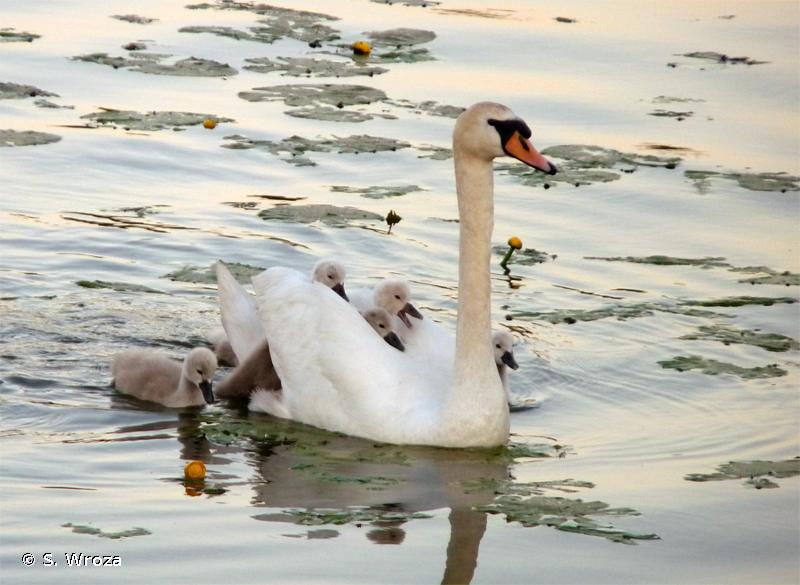
| Author : S. Wroza |
 |
Despite the Creative Commons license, please inform the author of the use which will be made of his photo

| Author : FNPF - Laurent Madelon |
 |
To get the picture, please visit:
Laurent Madelon
Fédération Nationale de la Pêche en France et de la protection du milieu aquatique
inpn@mnhn.fr
Despite the Creative Commons license, please inform the author of the use which will be made of his photo
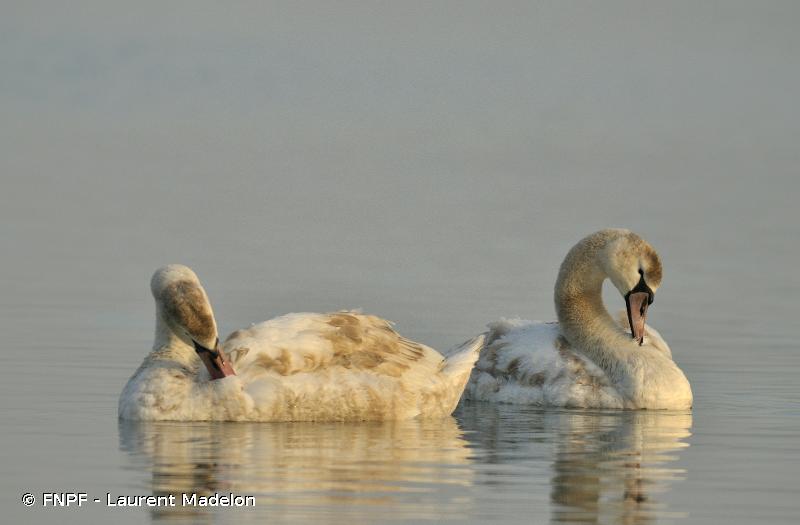
| Author : FNPF - Laurent Madelon |
 |
To get the picture, please visit:
Laurent Madelon
Fédération Nationale de la Pêche en France et de la protection du milieu aquatique
inpn@mnhn.fr
Despite the Creative Commons license, please inform the author of the use which will be made of his photo
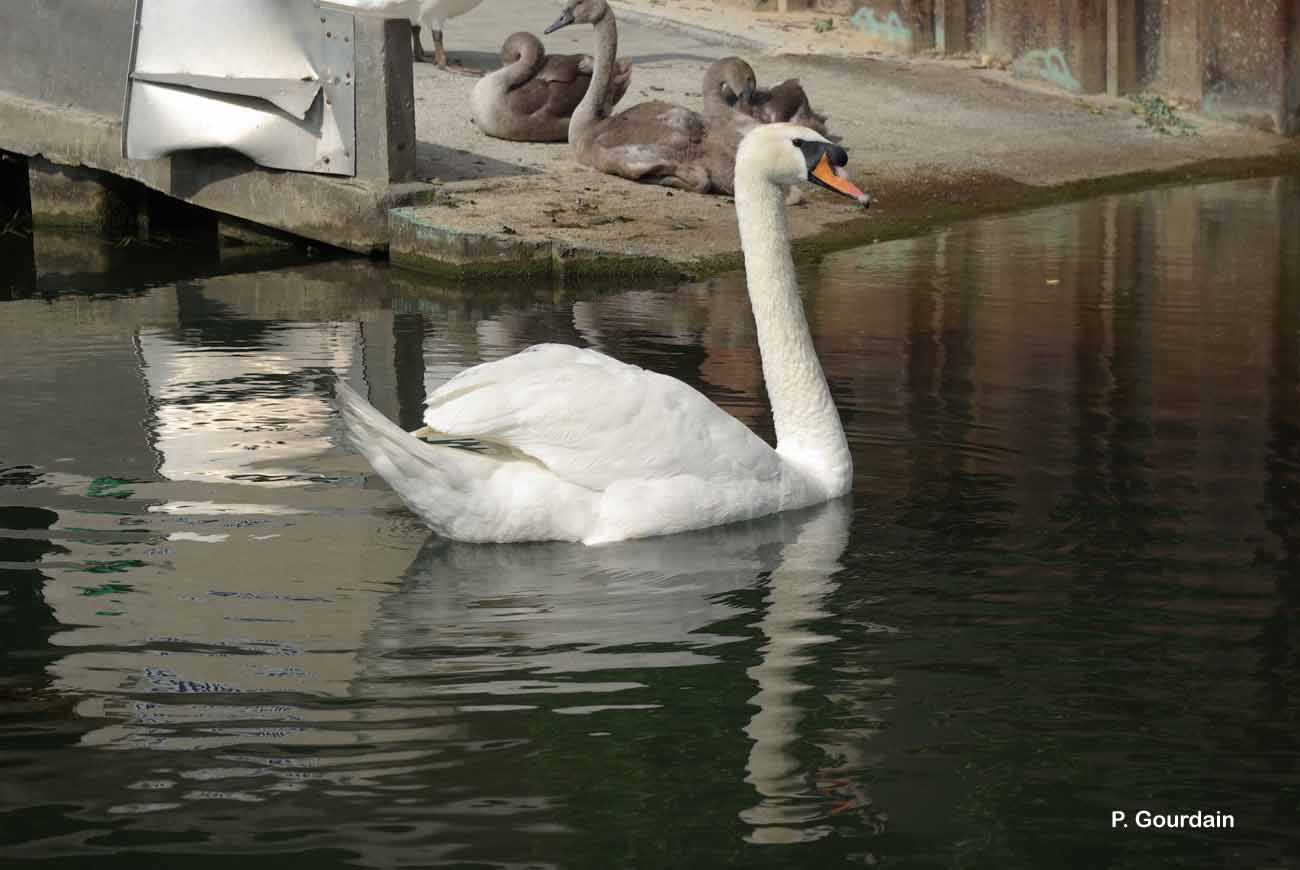
| Author : P. Gourdain |
 |
To get the picture, please visit:
Philippe GOURDAIN
Muséum national d'Histoire naturelle - Service du Patrimoine Naturel
36 rue Geoffroy Saint-Hilaire
CP 41
75 231 PARIS CEDEX 05
e-mail : inpn@mnhn.fr
Legend: Joinville-le-Pont
Despite the Creative Commons license, please inform the author of the use which will be made of his photo
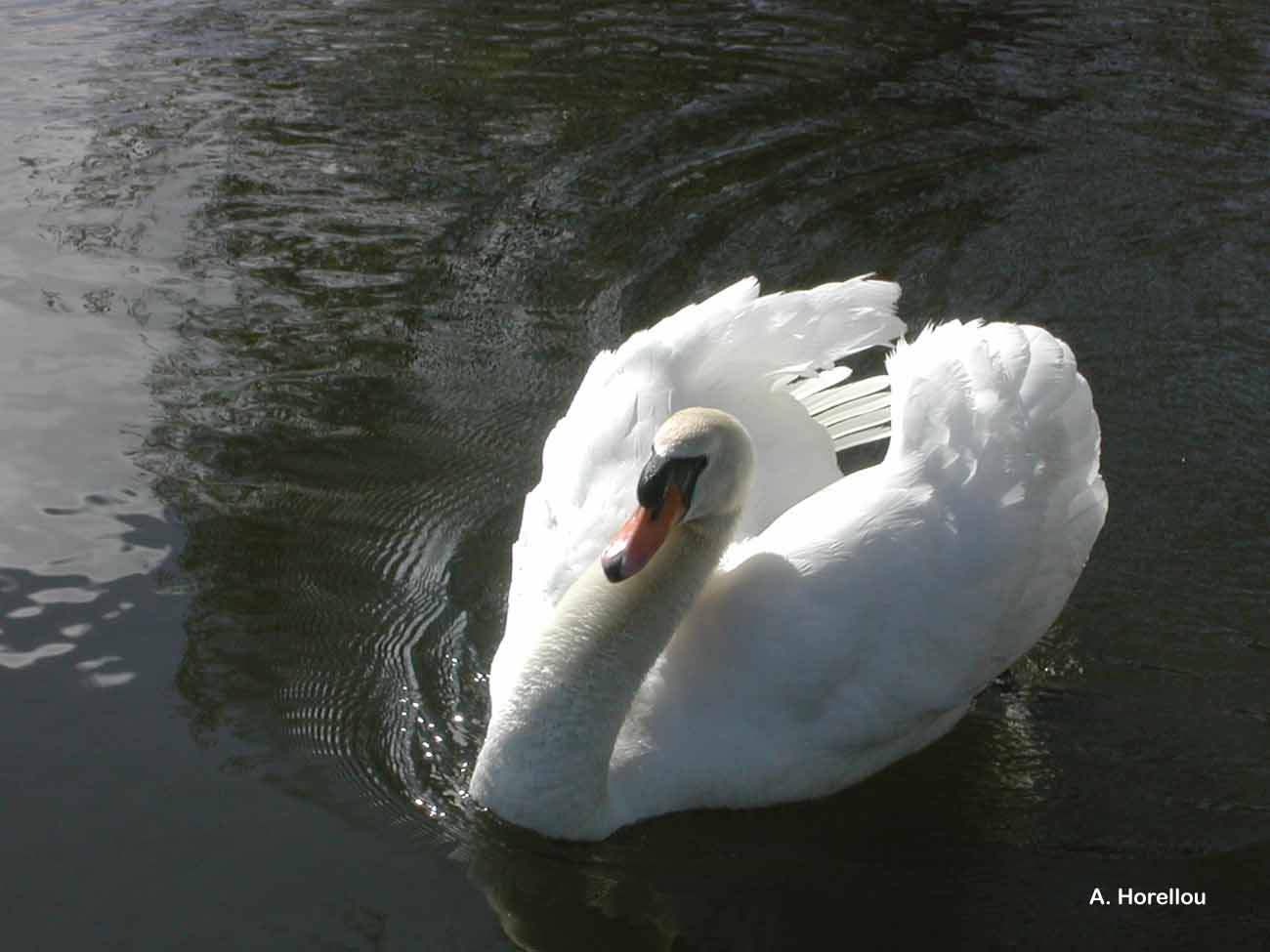
| Author : A. Horellou |
 |
To get the picture, please visit:
Arnaud HORELLOU
Muséum national d'Histoire naturelle - Service du Patrimoine Naturel
36 rue Geoffroy Saint-Hilaire
CP 41
75 231 PARIS CEDEX 05
e-mail : inpn@mnhn.fr
Legend: Saint-Denis-les-Ponts
Despite the Creative Commons license, please inform the author of the use which will be made of his photo
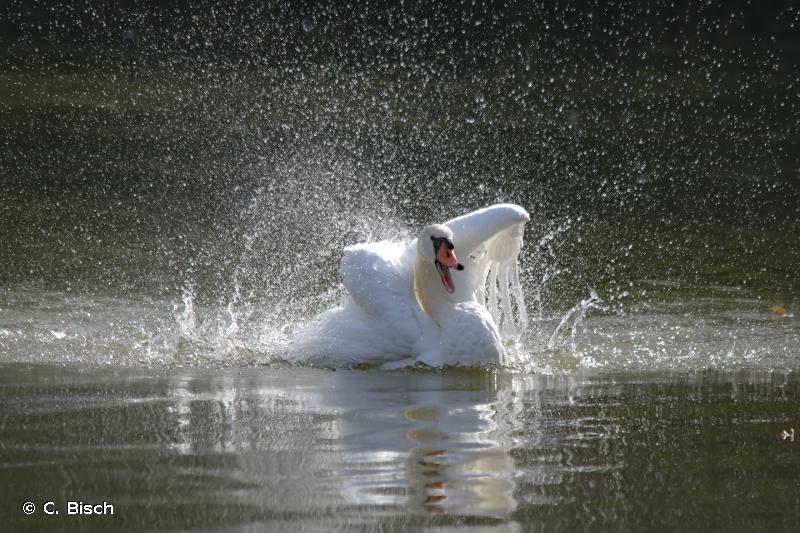
| Author : C. Bisch |
 |
To get the picture, please visit:
Claude Bisch
email : inpn@mnhn.fr
Despite the Creative Commons license, please inform the author of the use which will be made of his photo
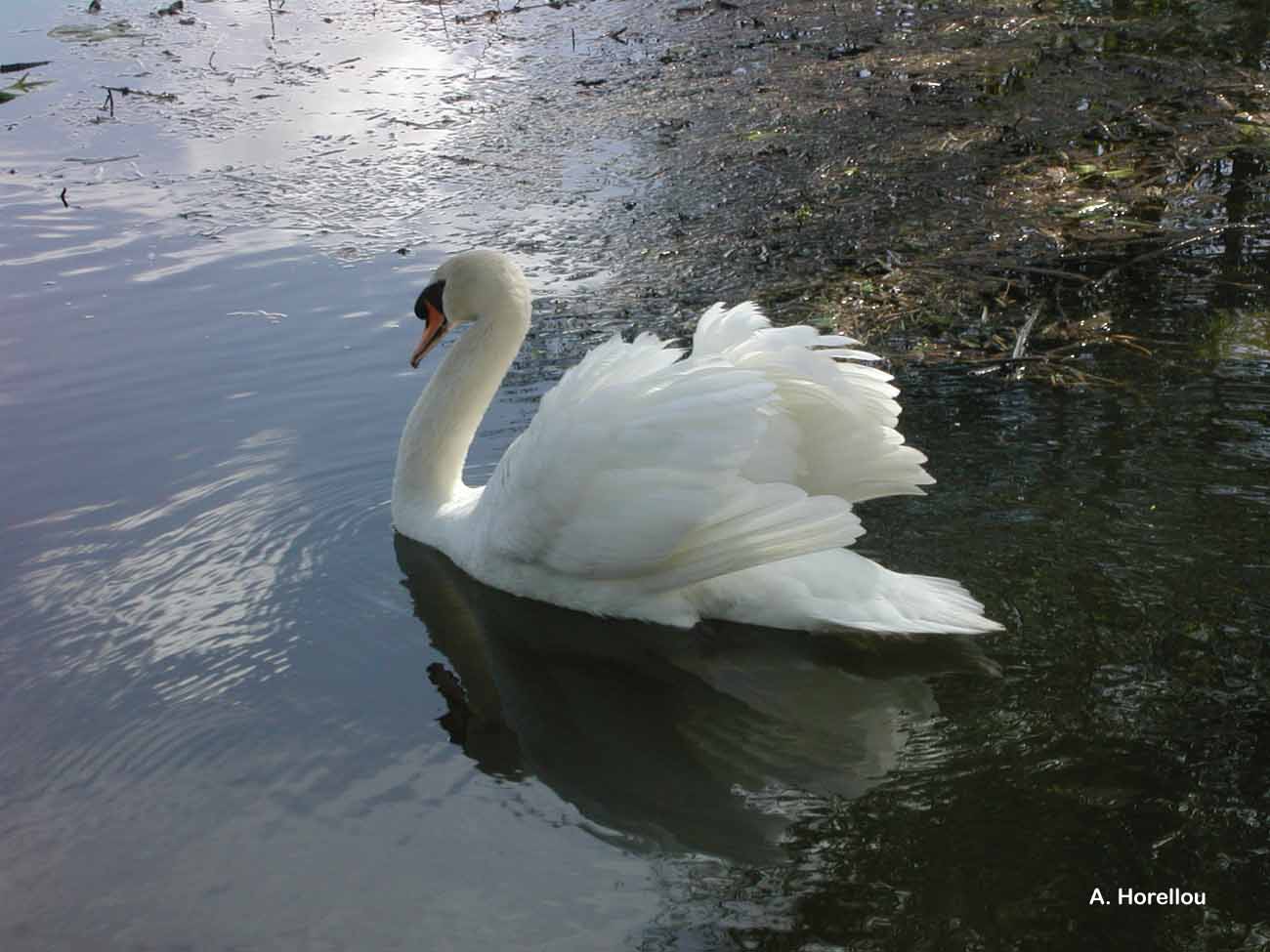
| Author : A. Horellou |
 |
To get the picture, please visit:
Arnaud HORELLOU
Muséum national d'Histoire naturelle - Service du Patrimoine Naturel
36 rue Geoffroy Saint-Hilaire
CP 41
75 231 PARIS CEDEX 05
e-mail : inpn@mnhn.fr
Legend: Saint-Denis-les-Ponts
Despite the Creative Commons license, please inform the author of the use which will be made of his photo
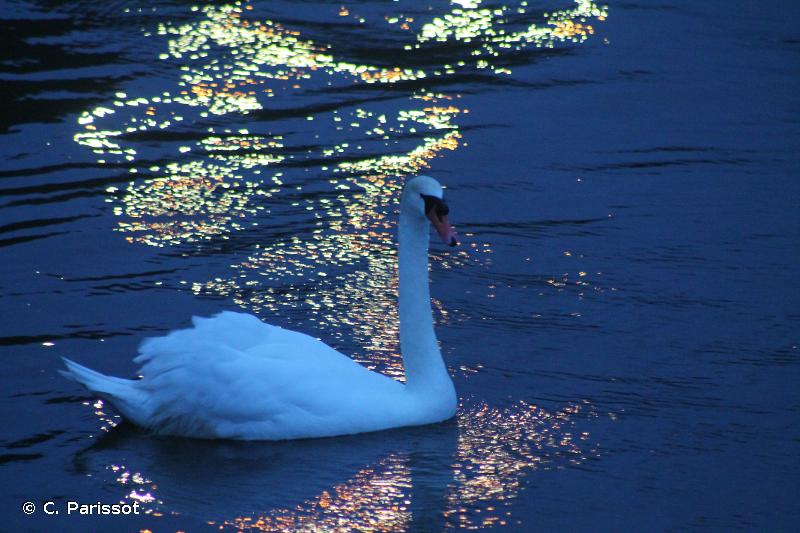
| Author : C. Parissot |
 |
To get the picture, please visit:
Clément Parissot
Email: clementparissot@hotmail.fr
Despite the Creative Commons license, please inform the author of the use which will be made of his photo
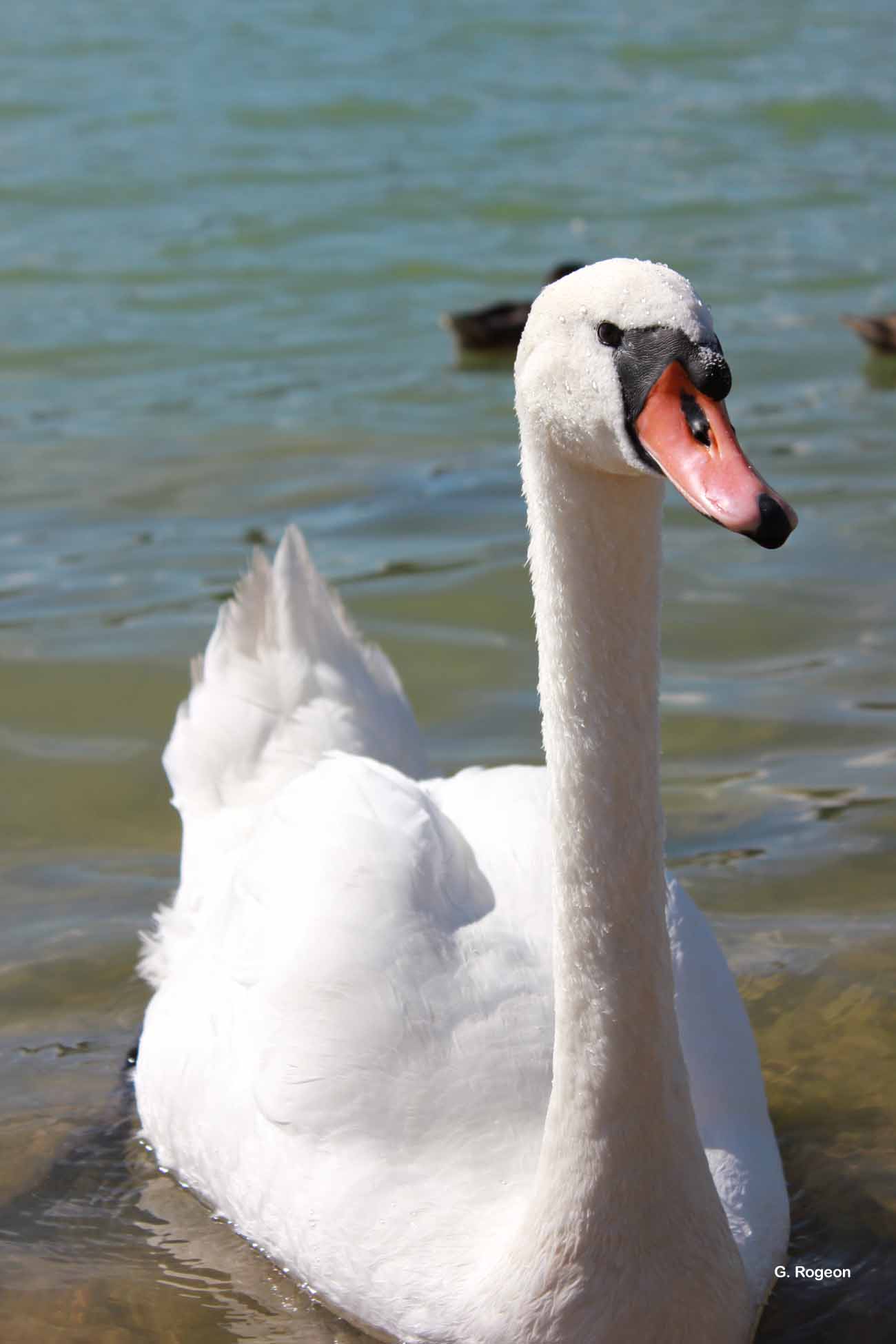
| Author : G. Rogeon |
 |
To get the picture, please visit:
Géraldine ROGEON
Muséum national d'Histoire naturelle - Service du Patrimoine Naturel
36 rue Geoffroy Saint-Hilaire
CP 41
75 231 PARIS CEDEX 05
e-mail : inpn@mnhn.fr
Legend: Saint-Point
Any reuse of one or more photographs on this site is subject to an authorization request from the author.
Link to the Code of Intellectual Property (Legifrance)
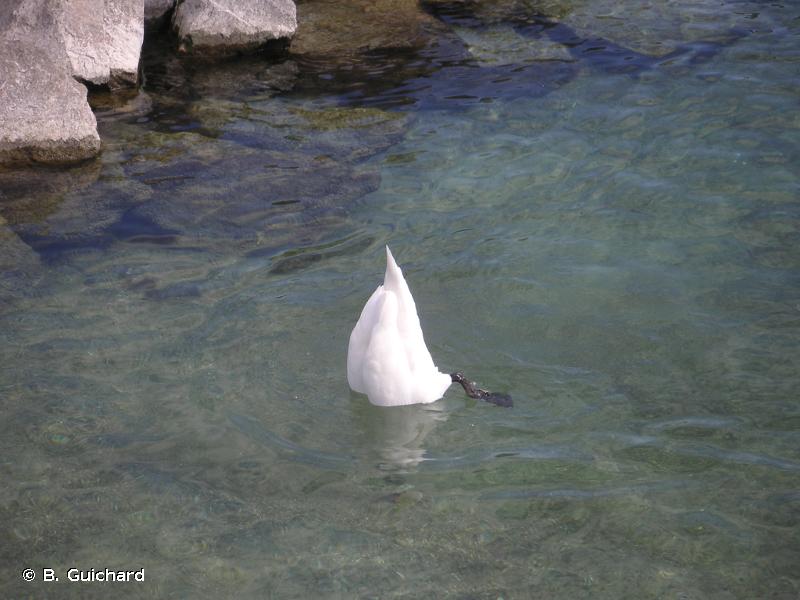
| Author : B. Guichard |
 |
To get the picture, please visit:
Guichard Benjamin
Despite the Creative Commons license, please inform the author of the use which will be made of his photo
Longueur 145-160 cm, envergure 208-238 cm, poids 7-16 kg.
Les oiseaux d’Europe de l’Ouest, introduits et domestiqués à l’origine, sont largement conditionnés à la présence humaine et dépendent fréquemment d’habitats artificiels et de nourrissage. Ils préfèrent les rivières au cours régulé, les canaux, les plans d’eau ornementaux ou de carrières, les réservoirs… Plus à l’est, l’espèce évite l’homme et s’installe préférentiellement sur les lacs pourvus de hauts fonds garnis de végétation aquatique.
Le Cygne se nourrit surtout de végétaux aquatiques qu’il obtient en plongeant la tête jusqu’à 1 m de profondeur. Il mange aussi des graines et des plantes émergentes à la surface, ou des graminées qu’il broute à terre. Les quelques animaux consommés régulièrement incluent des amphibiens et leurs larves, des mollusques, vers et insectes.
Les couples sont territoriaux durant la saison de reproduction, voire au-delà, tandis que les non-nicheurs sont grégaires toute l’année et peuvent constituer des groupes de plusieurs dizaines d’individus. Si la nidification n’a pas été menée à son terme, les couples de Cygnes quittent souvent leur territoire avant la mue des ailes, qui les empêchera de voler, pour rejoindre les sites traditionnels de mue. La monogamie et la fidélité sont la norme, mâle et femelle restant en couple après la saison de nidification. La formation du couple est longue. Elle débute parmi les juvéniles dans les groupes hivernaux, puis les parades augmentent jusqu’au 2e été, âge où une première reproduction est possible. La plupart s’associent à leur partenaire mais ne pondent que la saison suivante, à l’âge de 3 ou 4 ans (les femelles étant un peu plus précoces). Le territoire est tenu de février à octobre, sur une superficie qui dépend de la configuration du site. Une minorité nichent en petite colonie et ne défendent que le site de nid. Les adultes et particulièrement les mâles sont très agressifs.
Le nid est un monceau de joncs, roseaux, etc., de 1 à 2 m de diamètre à la base, voire jusqu’à 4 m quand il est fait dans l’eau. La ponte de 5-8 œufs est déposée à partir de la mi-mars. L’incubation dure 35-41 jours et les jeunes sont volants à l’âge de 120-150 jours. Ceux-ci sont souvent transportés par la femelle, rarement par le mâle, durant leurs 10 premiers jours.
Spanneut, L.(Ecosphère, Service du Patrimoine Naturel.),2008
Continental
Metropolitan France
Overseas
Marine
Metropolitan France
Overseas
The map presents a summary at the 10 x 10 km grid of the observation data for the species transmitted to the SINP. These data have been subjected to validation filters.
The map presents a reference distribution layer of the species at the scale of departments and marine sectors. The presence and absence data were established by expertise within a network of partners. This reference distribution is used in the validation process of the SINP data at the INPN level.
Corresponds to a report on the basis of at least one observation proved within a period of 10 years (20 years for little-known invertebrates) preceding the year and no presumption of extinction since obtaining the last data nor doubt on reproductive and implemented nature of this population. For migratory species, the presence indicated concerns areas of reproduction.
This status is based on one or more of the following criteria:
This point covers the absence, more difficult by nature to demonstrate than presence. This status is based on one or more of the following criteria:
This status must be assigned to a department in which the presence of the species is casual.
Particular case of absence due to a proven extinction less than a half century ago (older disappearances are treated as "no probable or definite").
In the state of knowledge, we can not comment on the presence or absence in the current department. This is the default status when not comprised in one of the previous categories or whenever there is doubt.
The map shows the global distribution of the species based on GBIF data (Global Biodiversity Information Facility).
